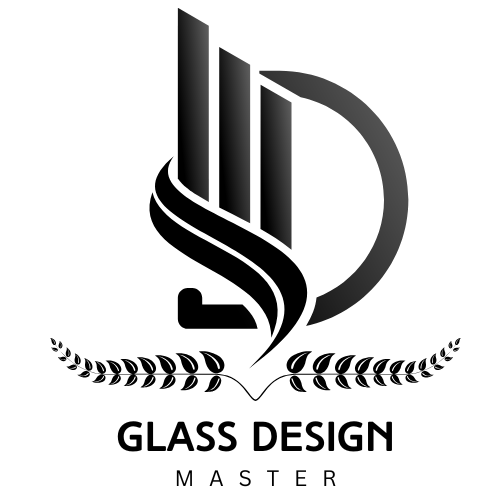In modern architecture and interior design, balancing privacy with natural light is crucial. One of the most effective and stylish ways to achieve this is through obscure glass. Once popular in mid-century homes, obscure glass is making a strong comeback, offering both functionality and aesthetic appeal. Whether used in homes, offices, or commercial spaces, obscure glass adds a layer of elegance while maintaining privacy.

What is Obscure Glass?
Obscure glass refers to any glass that has been altered to reduce visibility while allowing light to pass through. This effect is achieved through etching, sandblasting, acid treatment, or textured patterns. The result is a translucent surface that enhances privacy without blocking natural light.
Types of Obscure Glass
There are multiple varieties of obscure glass, each offering unique aesthetics and privacy levels:
1. Frosted Glass

- Created by acid etching or sandblasting the surface.
- Has a smooth, matte finish that diffuses light.
- Used in bathrooms, office partitions, and decorative panels.
2. Textured Glass

- Features raised or embossed patterns on the surface.
- Comes in various designs like rain, ripple, or floral patterns.
- Ideal for cabinet doors, windows, and shower enclosures.
3. Stained or Colored Obscure Glass
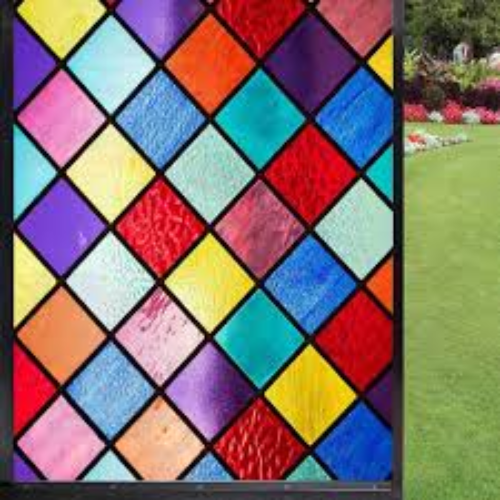
- Infused with vibrant colors to create artistic effects.
- Often used in church windows, hotels, or vintage-style homes.
4. Wired Glass
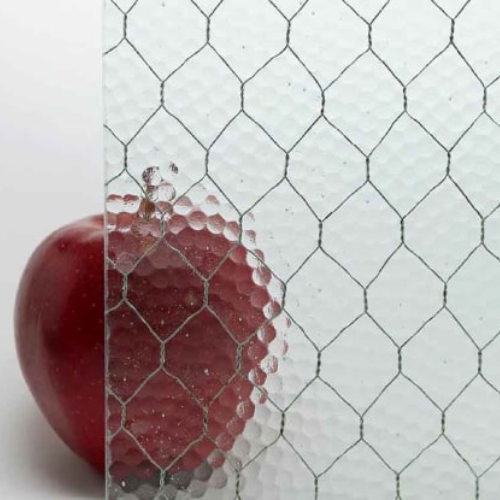
- Contains a wire mesh embedded inside for extra strength.
- Commonly used in fire-rated doors and security applications.
5. Glass Blocks
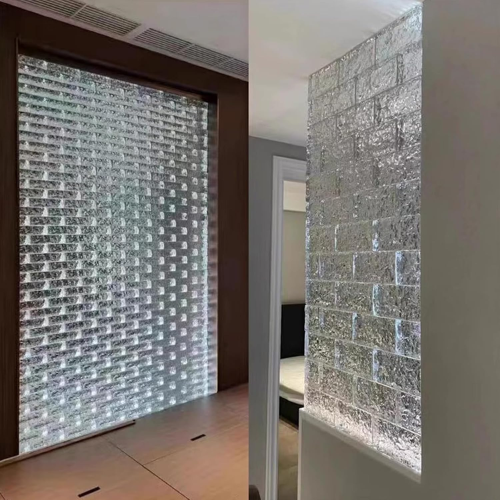
- Thick, square blocks of translucent glass that diffuse light.
- Used in room dividers, stairwells, and exterior walls.
6. Smart (Switchable) Glass

- Features electronic technology that changes transparency at the push of a button.
- Popular in high-tech office spaces, conference rooms, and luxury homes.
7. Patterned or Decorative Glass
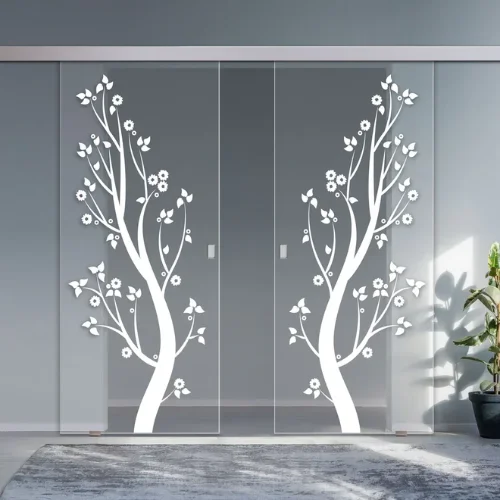
- Designed with engraved or printed motifs for artistic appeal.
- Used in restaurant partitions, designer doors, and high-end interiors.
Benefits of Obscure Glass
Obscure glass is not just about aesthetics; it provides several practical advantages:
- Privacy Without Darkness
- Maintains natural light while ensuring privacy.
- Ideal for bathrooms, bedrooms, and offices.
- Enhances Interior Aesthetics
- Adds an element of luxury and sophistication.
- Available in various designs and textures.
- Energy Efficiency
- Helps in regulating indoor temperatures.
- Reduces the need for artificial lighting and cooling.
- Security and Safety
- Tempered or laminated obscure glass is resistant to breakage.
- Some types, like wired glass, add extra protection.
- Low Maintenance
- Does not show fingerprints or smudges as easily as clear glass.
- Easy to clean and maintain.
Latest Trends in Obscure Glass Design

- Smart Glass Technology
- Switchable glass that changes from clear to opaque with a button press.
- Used in luxury homes, offices, and smart windows.
- Colorful & Artistic Obscure Glass
- Brightly colored or stained glass panels are making a comeback.
- Used in restaurants, boutique hotels, and modern homes.
- Frameless Glass Partitions
- Minimalist partitions in offices and homes that create an open feel.
- Common in contemporary interior designs.
- Combination with Metal & Wood
- Obscure glass is paired with metal or wooden frames for a modern industrial look.
- Used in loft-style apartments and office interiors.
Applications of Obscure Glass
1. Bathrooms & Shower Enclosures
- Provides privacy while allowing natural light in.
- Frosted, textured, and smart glass are popular choices.
2. Office Partitions
- Creates separate workspaces without closing off areas completely.
- Reduces distractions while maintaining an open-office feel.
3. Doors & Windows
- Adds a decorative touch to entryways and windows.
- Keeps interiors bright while maintaining privacy.
4. Decorative Elements
- Used in furniture like cabinet doors, tabletops, and shelves.
- Adds an artistic element to modern interiors.
5. Commercial Spaces & Retail Stores
- Creates luxurious storefronts, hotel lobbies, and café partitions.
- Smart glass is used for conference rooms and high-end boutiques.
Conclusion
Obscure glass is a perfect blend of style, privacy, and functionality, making it a top choice for modern homes, offices, and commercial spaces. With a variety of textures, patterns, and smart technologies, it allows you to enhance interiors while maintaining natural light flow. Whether you’re looking for a sleek contemporary touch, a vintage artistic appeal, or an energy-efficient solution, obscure glass offers endless possibilities.
As design trends evolve, obscure glass remains a timeless and versatile option. If you’re planning to incorporate it into your next project, consult a glass expert or interior designer to find the best type for your needs.
FAQ
- What is the difference between frosted glass and obscure glass?
Obscure glass is a broad term that includes any glass with reduced transparency, while frosted glass is a specific type of obscure glass created using acid etching or sandblasting to achieve a smooth, matte finish. - Is obscure glass stronger than clear glass?
It depends on the type. Tempered, laminated, or wired obscure glass is stronger and more resistant to breakage compared to standard clear glass. However, basic frosted or textured glass has the same strength as regular glass. - Can obscure glass be used for exterior windows?
Yes! Obscure glass is commonly used for exterior windows, especially in bathrooms, stairwells, and entryways, where privacy is needed while still allowing natural light inside. - Does obscure glass reduce heat or UV rays?
Some types, like low-emissivity (Low-E) obscure glass or double-glazed obscure glass, help reduce heat transfer and block harmful UV rays, improving energy efficiency in homes and offices. - How do I clean and maintain obscure glass?
Most obscure glass types are low-maintenance. Use a mild glass cleaner and a soft cloth for cleaning. Avoid abrasive materials, especially on etched or textured surfaces, to prevent scratches.
